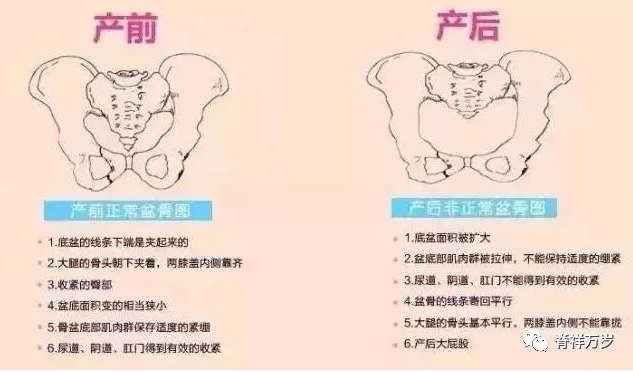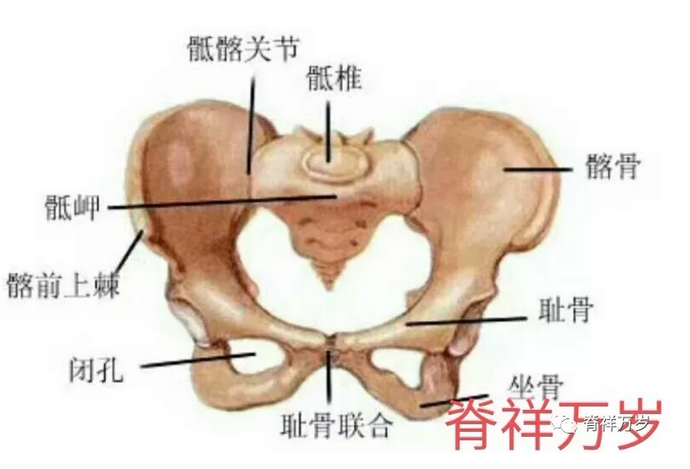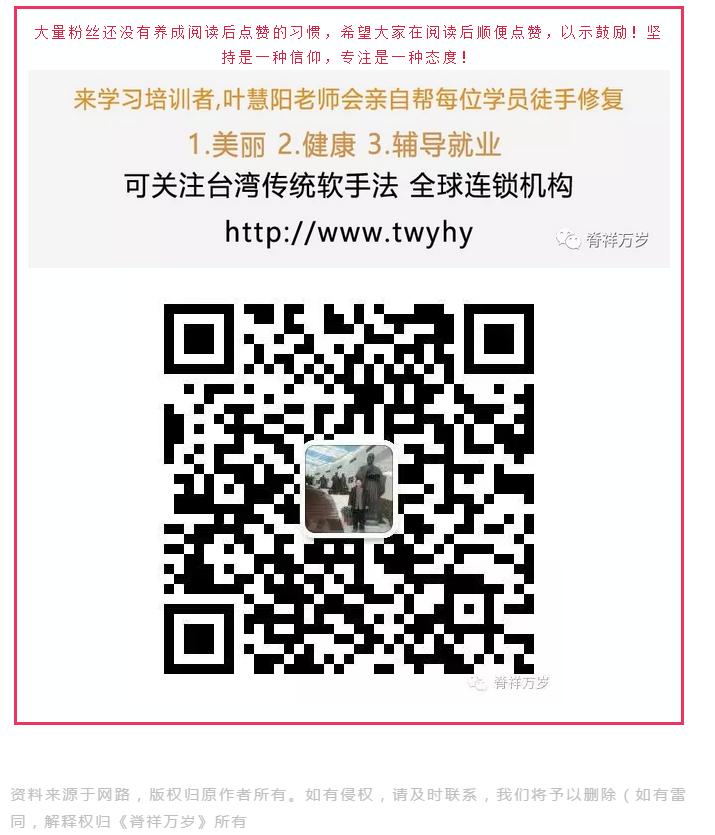
Service hotline:
13533607738
18602592233



最新資訊
The female pelvis is shaped like a dancing butterfly. It is this beautiful part that is closely related to the symptoms of modern women, such as menstrual pain, dystocia during childbirth, lower body obesity and so on. Have you ever paid attention to this part of your body, focusing on health and beauty?
The pelvis is located in the middle of the body. It consists of the sacrum, the coccyx, the left and right hip bones and their ligaments. Many human organs, such as uterus, rectum, bladder, vagina and so on, are included in the pelvic cavity, so the pelvis is also the natural protective barrier for these organs. If the pelvis is compressed, damaged or displaced, the internal organs will lose their protective barriers, and many diseases will follow.
At the same time, the pelvis also supports the upper body. If the pelvis tilts, the viscera will sag, especially the space of the stomach will increase, forming what we call gastroptosis. Its deformation has a great impact on the spine. If the human body is compared to a building, then the pelvis is the foundation, and the spine on the pelvis is equivalent to a beam and column. If the pelvis is displaced, the spine as a beam and column will be tilted and displaced, just like the Italian leaning tower of Pisa, because the foundation is not strong, the tower will be tilted. Diseases caused by the spine, similar to internal medicine, cardiovascular, thoracic, neurology, orthopaedics, abdominal surgery, urology, gynecology, facial features and other diseases in some similar signs, the real root is the dislocation of the pelvis.

In fact, when we were just born, the pelvis has been deformed, so the body can withstand a certain degree of pelvic deformation or displacement. Some of the habits of modern women, such as wearing high heels for a long time, sitting incorrectly, and inappropriate exercise, can easily lead to pelvic displacement. When wearing high-heeled shoes, the human body has to change its natural posture in order to maintain balance. The lumbar protrusion will increase, the buttocks will increase, and the long-term wear will result in narrowing the pelvic entrance, which will increase the difficulty of childbirth. Many women have severe menstrual pain during the physiological period, which is also due to the deformation of the pelvic disc, which oples the uterus and ovaries, and the menstrual blood can not expel the peritoneum smoothly. If your lateral thigh muscles protrude outward, it is also caused by the pelvic intestinal bone expanding outward, that is, the thigh root shifting outward; in addition, if the lower body is edematous, it is also due to the tilt of the pelvis, resulting in poor blood circulation, in this case, ordinary weight loss can not make the lower body thinner, only through the correction of the disc to achieve the purpose of body-building. 。

What details can you tell if your pelvis is displaced?
(1) The facial expression is different: the face is asymmetrical in people with pelvic displacement. For example, the eyes are big or small, the upper eyelids are single, the lower eyelids are swollen, the nose is not straight, the nostrils are not large, the middle groove is not vertical, the corners of the mouth are not on the same horizontal line, and the ears are not on the same horizontal line.
(2) There are differences in buttocks and legs when prone: (the following are all taken as examples on the right side). When prone, the right buttocks are raised and the right leg is shorter than the left leg. When prone to sleep, the left leg will bend unconsciously and the right leg will stretch out.
(3) When lying on the back, there are differences in the lower limbs: when lying on the back, the left foot is close to the bed, while the right foot is far from the bed (also known as yin-yang legs). When the feet overlap, the left leg is naturally placed on the right leg.
(4) When lying on the side, the legs overlap and the left foot is on the top.
(5) Posture in sitting position: upper body tilted to the right, head tilted to the left, right leg always behind when legs crossed, left leg outward abduction was more obvious than right leg when not crossed. When legs are close together, the left toe is in front of the right toe.
(6) Standing: When resting slightly, the right foot is always taken as the axis, the left foot is extended outward, and then the feet are exchanged after fatigue.
(7) Downstairs posture because the left leg is long, left leg a little shake walk.

Simple test method
1. The thumb tip is opposite to the other four fingertips, and is buckled into an inner circle to form a circle. The same hand shape of the surgeon is buckled to the patient. Pull gently and test separately. Easy to pull apart. Corresponding cervical, thoracic, lumbar and sacral lesions;
2. Push the fingertip of the thumb from the middle finger of the back of the patient's palm to the wrist, if there is pain. Represents the corresponding vertebral lesions;
3. Put your feet together. Close your eyes lightly and step in place 30-50 times. Which foot leaves the place first indicates that there is a problem on this side.
4. Metacarpal bone of index finger from distal to proximal, representing neck, thorax, lumbar, sacrum and other parts respectively, pressing separately. There are lesions in the corresponding vertebral body at the pain point.
5: Backache when the body bends forward - the first lumbar vertebra is askew. Backache when the body bends left and right - the second lumbar vertebra is askew when the body rotates left and right - the third lumbar vertebra is askew when the body bends backward - the fifth lumbar vertebra is askew. The whole lumbar body dares not move - the fourth lumbar intervertebral disc protrusion
"Postpartum Care" Soft Skills Course in Taiwan
Course details:
Date: 12 school hours in 2 days from 16 to 17 April 2019 (Tuesday to Wednesday)
Time: 9.00am-17.30pm
Venue: Penang Hotel
Course fees:
Original price: RM2800, the first 30 are all special discount RM2500 (including handouts, certificates of completion, lunch and tea).
Deadline: 15/3/2019 or 40 persons (to maintain teaching quality)
Registration hotline:
Teacher Ye Huiyang: 18602592233
Mr. Wei: 13533607738
[Application Form for Ye Huiyang's Postpartum Maintenance Training Course] 16-17 April 2019 (Tuesday and Wednesday)
Chinese Name:
English Name:
ID number:
Telephone number
E-mail:
Address:
Job: Traditional Chinese Medicine Doctor
Guild:
(Fill in the form and return it with the remittance documents)
Taiwanese Traditional Soft Handling Course Remittance Account:
China Construction Bank
Jinyu Basket Bay Foshan Branch
6217 0031 1002 2883 837
Love learning. Quality works. Sincere invitation.
Taiwan's traditional soft technique. Ye's body carving trilogy. Honorary presentation
